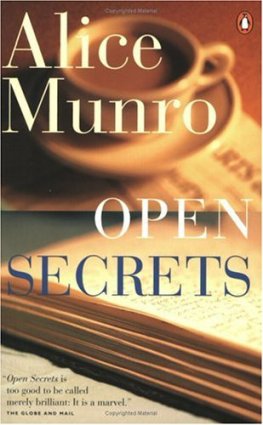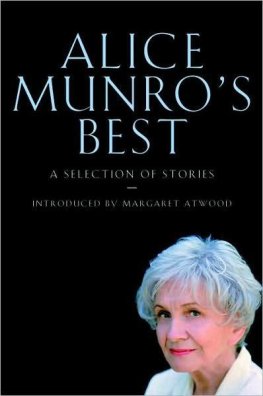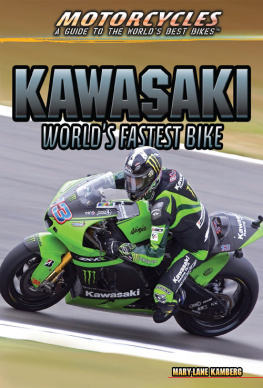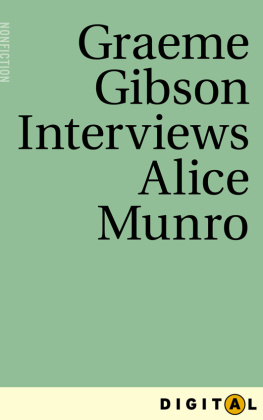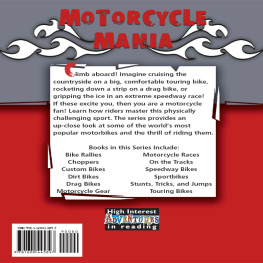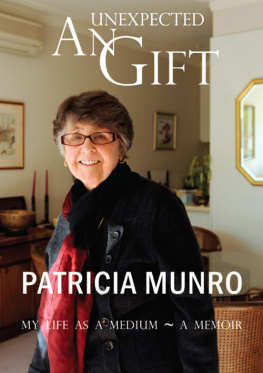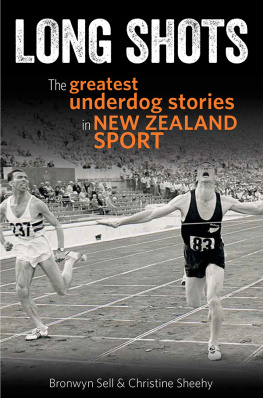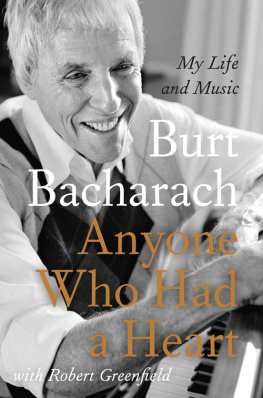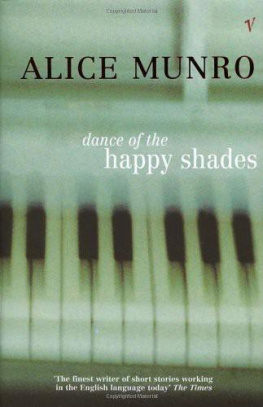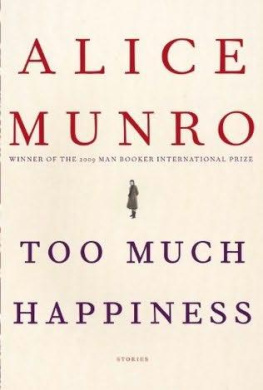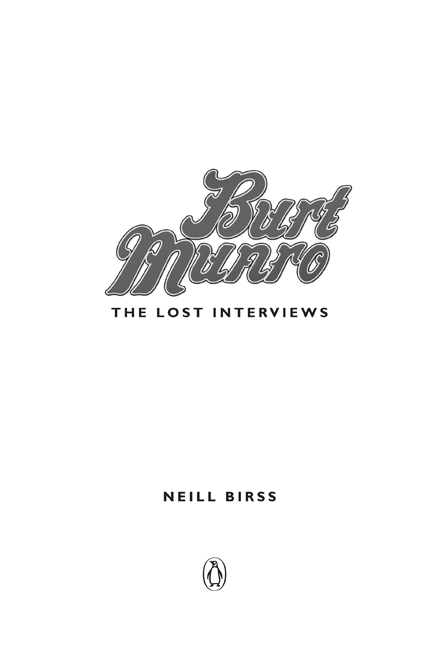Like Penguin Random House NZ facebook.com/PenguinNZ and facebook.com/PenguinKidsNZ
PENGUIN
UK | USA | Canada | Ireland | Australia
India | New Zealand | South Africa | China
Penguin is an imprint of the Penguin Random House group of companies, whose addresses can be found at global.penguinrandomhouse.com.
penguin.co.nz
First published by Penguin Random House New Zealand, 2016
Text Neill Birss, 2016
Photography as credited in captions
The moral right of the author has been asserted.
All rights reserved. Without limiting the rights under copyright reserved above, no part of this publication may be reproduced, stored in or introduced into a retrieval system, or transmitted, in any form or by any means (electronic, mechanical, photocopying, recording or otherwise), without the prior written permission of both the copyright owner and the above publisher of this book.
Cover and internal design by Sam Bunny Penguin Random House New Zealand, 2016
Cover photograph Richard Menzies
Photograph on chapter openers from Shutterstock
A catalogue record for this book is available from the National Library of New Zealand.
ISBN: 978-1-74-348720-4
Invercargill, at the far southern end of New Zealand. Its the late 1960s and two blokes sit in a modest shed drinking tea. The old bloke is telling stories about his life; the young bloke, a junior reporter, is typing earnestly on his Olympia portable typewriter. Dramatic tales abound of youthful scrapes, motorcycle races and ingenious repairs, of international travel and friendships and road trips, of high speeds and accidents and meetings with dutiful policemen.
Burt Munro became known around the world through the 2005 movie The Worlds Fastest Indian, but had long been known to motorcycle fans as a colorful character and speed record-holder.
Our young journalist, Neill Birss, moved away from Invercargill and the interviews were never published. In fact, they were lost during the move and only resurfaced under strange circumstances many decades later. Here they are in this book the lost interviews with Burt Munro, legendary Kiwi motorcycle rider his voice as fresh and his stories as vivid as the day he told them to the young reporter.
Notes about this book
- Herbert James Munro was known in Southland as Bert. Here I call him Burt, the American spelling he came to prefer. Bert was someones choice, however, for his gravestone.
- Burt died on 6 January 1978, aged 78, of natural causes. Burt is speaking in this book in the late 1960s.
- The second main character in this story is the 1920 Indian Scout motorcycle. The model was launched on the market in October 1919, a 606-cc (37 cubic inch) V-twin. The designer, Charles B. Franklin, was educated in his native Dublin as an electrical engineer. He raced motorcycles, and in 1905, as a member of the British national team, was the first Irish motorcyclist to race internationally. He competed in the second Isle of Man TT (Tourist Trophy) and in the next six. He rode an Indian in the event in 1910, and went to work for the Indian company in 1914. Around this time, Indian Motocycle Company became the worlds biggest manufacturer of motorcycles. Burt bought a second Indian Scout, a 1924 model, when he went to Australia in the 1920s. He brought this back to New Zealand, but later sold the engine.
- The original Indian Motocycle Company didnt have an r in its name.
- Burt uses several names for the Bonneville Salt Flats in north-western Utah, where he made his record-attempt runs on the Indian motorcycle: Bonneville, Salt Lake, the Salt, the Salt Flats, the Salt Flat, the Lake, and even Wendover, which is the town on the edge of the Bonneville Salt Flats. Racing takes place at part of the Bonneville Salt Flats sometimes known as the Bonneville Speedway.
- The record attempts are held at Bonneville in mid-August during what is known as Speed Week. Sometimes Burt called it Hot Rod Week, or Hot Rod Speed Week. After a successful qualifying run, two flying mile runs are averaged. The American Motorcyclist Association issues the records. Classes vary with capacity, with streamlining or the absence thereof, with frame, whether the bike is a production model, and even with fuel used. The rules for streamliner class changed just ahead of Burts last visit to Bonneville. Cars and motorcycles on sponsored attempts have booked times for runs at Bonneville after Speed Week, and Burt sometimes was invited to run during these time slots.
- Burt often referred to bikes as she. In tune with the times, he talked of salesmen rather than salespeople.
- Ive changed to African-American Burts original Negro, but in places Ive left many American words, such as gas for fuel. New Zealanders say petrol for fuel. They also say sheep station for sheep ranch, and skip for dumpster. A ute, or utility, is a pick-up vehicle in America. Kerosene in some countries is called paraffin. There are other AmericanBritish English differences in car terms most people know: boot trunk; hood bonnet; windshield windscreen. Burt moves between them all.
- In currency, Ive used US dollars for the purchase of cars for Burts travels in America and for other expenses there. Otherwise, unless otherwise specified, the dollars are New Zealand dollars or, in earlier years, New Zealand pounds. New Zealand adopted decimal currency in 1967. From then to February 2014, purchasing power of the dollar has declined by well, that would be a guess. One pound in 1929 when Burt Munro was returning from Australia very roughly would likely buy 50 times what the equivalent two dollars would buy in early 2015.
- New Zealand changed to metric measurements in December 1976. At the risk of interrupting narrative flow, Ive inserted metric equivalents where needed. Conversion is complicated by different US and imperial (British) non-metric measurements. For example, the US gallon is equivalent to 3.785 litres, while the imperial gallon was 4.546 litres. A US, or short, ton is 0.907 metric tons. I havent offered conversions of the three-mile sections of the Salt Flats trials.
- In Burts sawmilling days, assistant breaker, fiddler and shoeman were timber-mill occupations. A bushman was a woodsman or forester.
- The beech, or sometimes birch, trees Burt talks of in his early days working in the bush is silver beech (Nothofagus menziesii), a hardwood tree common in southern New Zealand.
- The American Motorcycle Association, or AMA, which issued Burt with his speed records at Bonneville, in 1976 changed its name to the American Motorcyclist Association. Burt Munro was added to its Hall of Fame in 2006. The worlds largest motorcycling association, the AMA represents more than 200,000 American riders.


